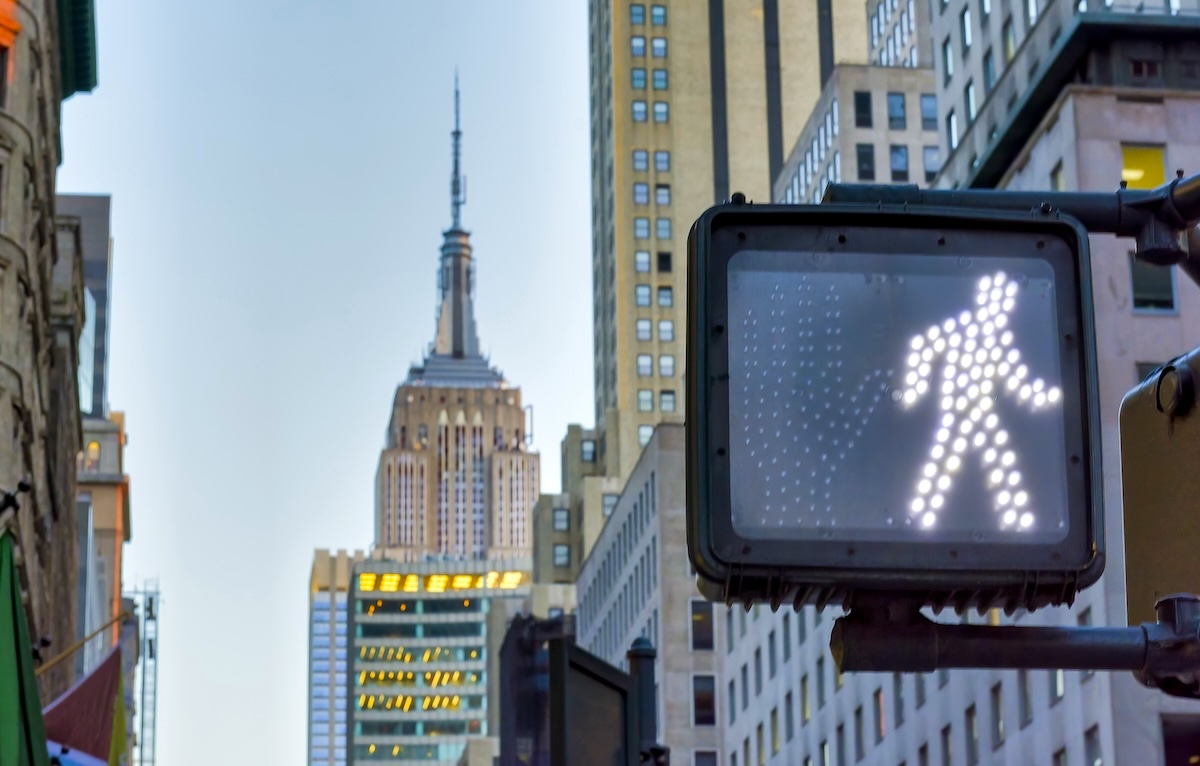
"Leading pedestrian intervals are a low-cost adjustment to signal timing that increases the likelihood of turning drivers yielding to pedestrians and allows slower-moving people an increased margin of safety, according to the Federal Highway Administration."
"New York City intersections with traffic signals that give pedestrians a head start saw a 33 percent reduction in fatal and non-fatal injury crashes, according to a study from the Columbia University Mailman School of Public Health."
"The change makes a significant impact since most pedestrian-vehicle crashes occur near the curb."
"New York City's leading pedestrian intervals of seven seconds were associated with improved safety at all types of intersections."
New York City implemented leading pedestrian intervals to give pedestrians a head start, resulting in a 33 percent decrease in pedestrian-related crashes. This initiative, studied by Columbia University's Mailman School of Public Health, significantly enhances safety by allowing pedestrians an increased margin of safety and encouraging drivers to yield. The positive impact was noted across various intersection types. Other cities, such as Seattle and Washington, D.C., have adopted similar measures, reinforcing this effective traffic safety strategy.
Read at Planetizen
Unable to calculate read time
Collection
[
|
...
]